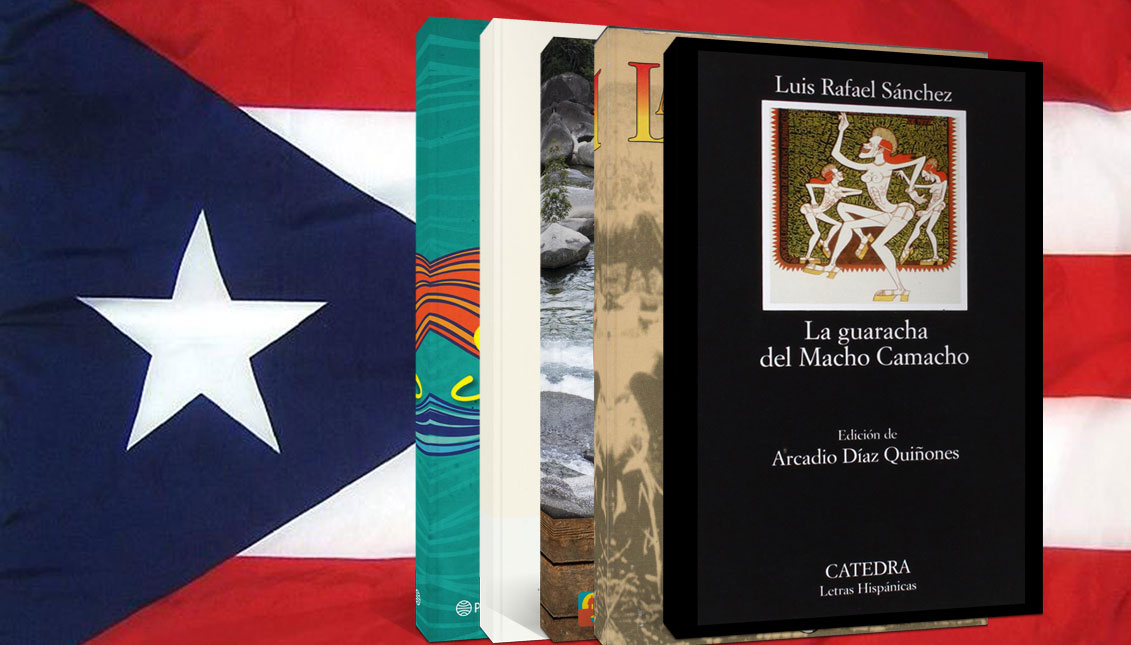
International Book Day: Puerto Rico, the Writers' Island
From Manuel Zeno Gandía to Mayra Santos Febres, these are some of the founding stones of Puerto Rican literature for International Book Day.
The island of Puerto Rico, despite not being the largest of the Antilles, has a literary power still largely unknown. A journey through its most representative titles reveals a national community that is particularly concerned about its identity, socioeconomic limitations and the individual destiny of a multitude of characters placed at all kinds of cultural crossroads.
Manuel Zeno Gandía, born in Arecibo in 1855, was the first great novelist of Puerto Rican literature. He built a complex social world in his series of novels Crónicas de un mundo enfermo, in which La charca (1894), his most famous work, Garduña (1896) and El negocio (1922), among others, stand out. A chronicler of Puerto Rican reality between the 19th and 20th centuries, he has been compared to Honoré de Balzac and Benito Pérez Galdós.
A doctor by profession, he experienced first-hand the political transition between the Spanish and American administrations. In 1887, he helped co-found the Partido Autonomista with the great essayist, pedagogue and politician, Eugenio María de Hostos. Later, he was a Puerto Rican delegate to the institutions of the new metropolis: Washington. Manuel Zeno died in San Juan in 1930, when a decade of great renewal in the island's literature was about to begin.

La Llamarada, by Enrique Laguerre, was published in 1935. Like Zeno, Laguerre was an intellectual interested in the political fate of Puerto Rico. He thought the island should become a republic, perhaps not very powerful in the international concert, but very conscious of its cultural roots. As a curiosity, today, you can visit the Moreau hacienda in northwest Puerto Rico, whose mansion served as Laguerre's inspiration to create the Labadie farm, where the events of La Llamada took place.
RELATED CONTENT
The author is buried there, under a plaque that reads: "Enrique Arturo Laguerre Vélez (1905-2005), a man conscious of his identity." While La Llamarada explored the world of the sugar cane fields, Solar Montoya (1940) was a portrait of the coffee plantations typical of the high areas of the interior of the island. Later, Laguerre explored more urban and suburban spaces.
Another book fundamental to the Puerto Rican tradition was the play La carreta (1953) by René Marqués, which focuses on the story of a young Puerto Rican who cannot adapt to life in New York. As the second half of the 20th century progressed, writers focused on those who are marginalized, by drugs and by the harsh conditions in which Puerto Ricans have to live on their island and in the United States.

Very conscious of what the role of women had to be there is Rosario Ferré (1938 - 2016), whose twelve novels made her an author of great international prestige. With The Flight of the Swan (2001) she raised the bar expected of any historical novel. Her witness was Mayra Santos Febres (Carolina, 1966), a multi-award winning author who made her brilliant debut in 2000 with her novel Sirena Selena se viste de pena. Although the most popular writer of Puerto Rican letters is still the mocking Luis Rafael Sánchez, with his funny Guaracha del macho Camacho (1976).



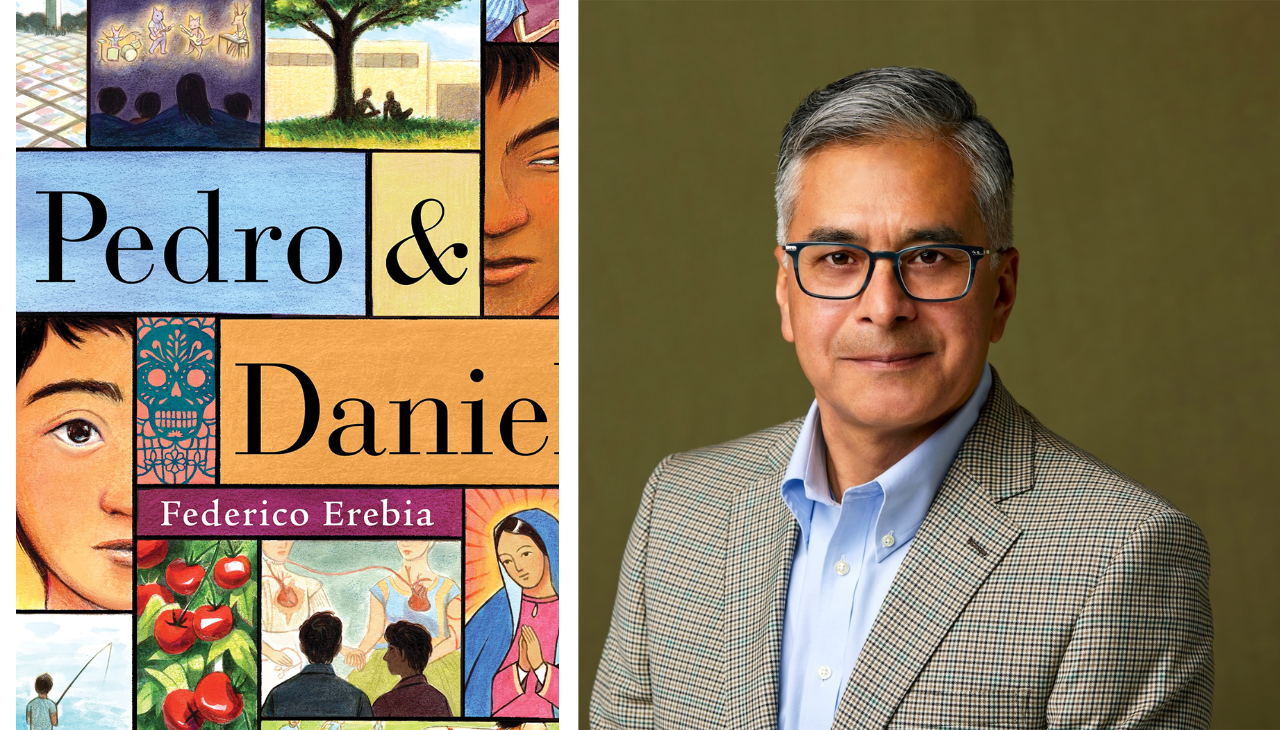
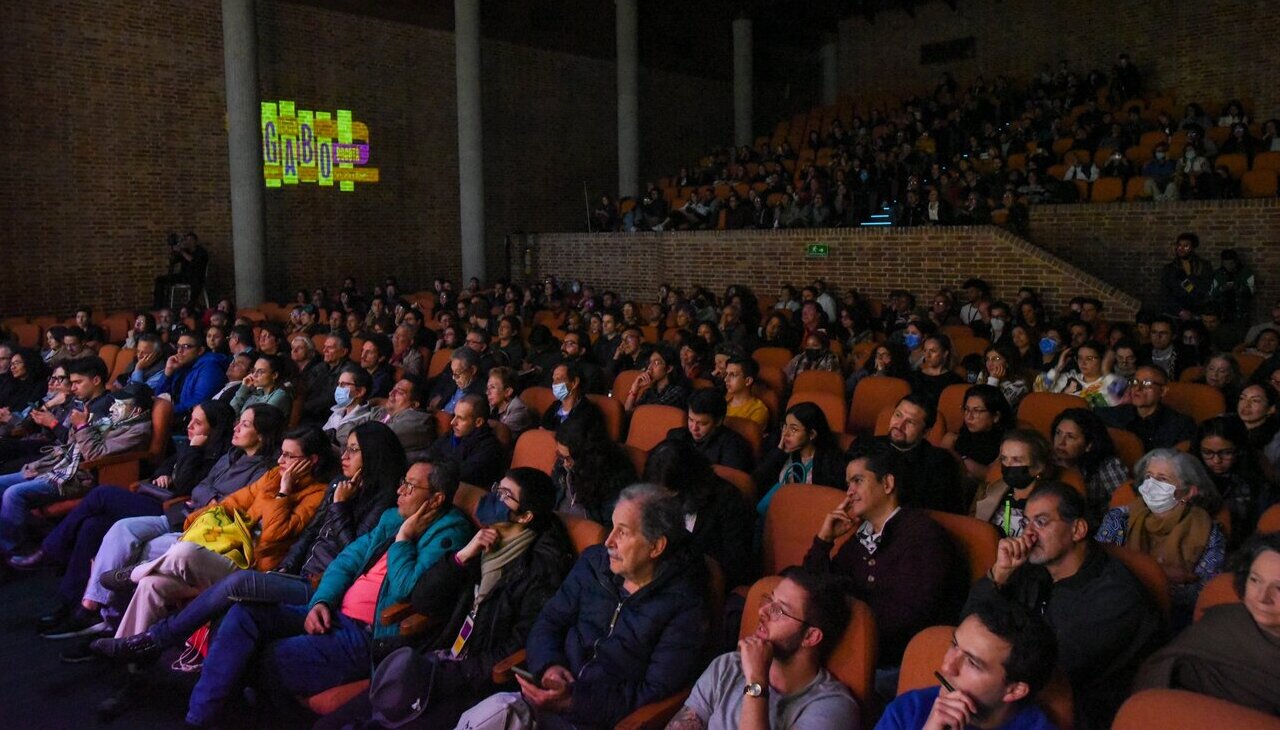
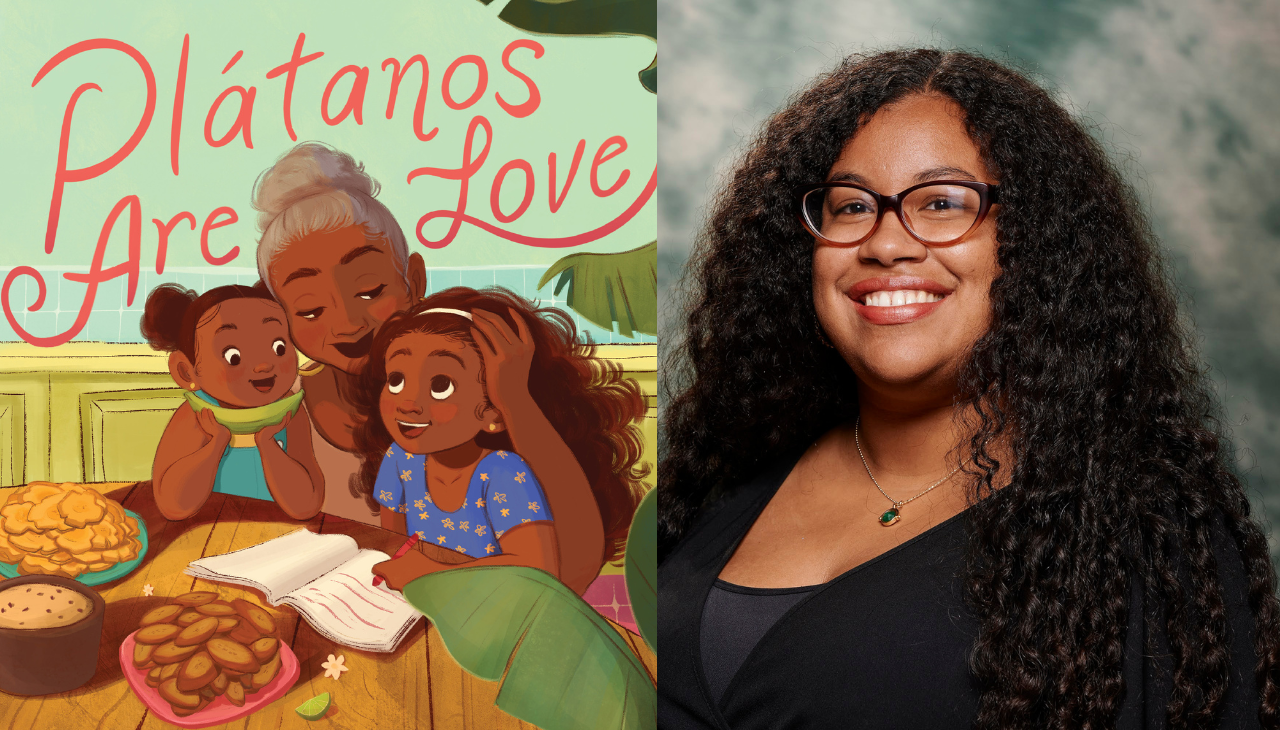
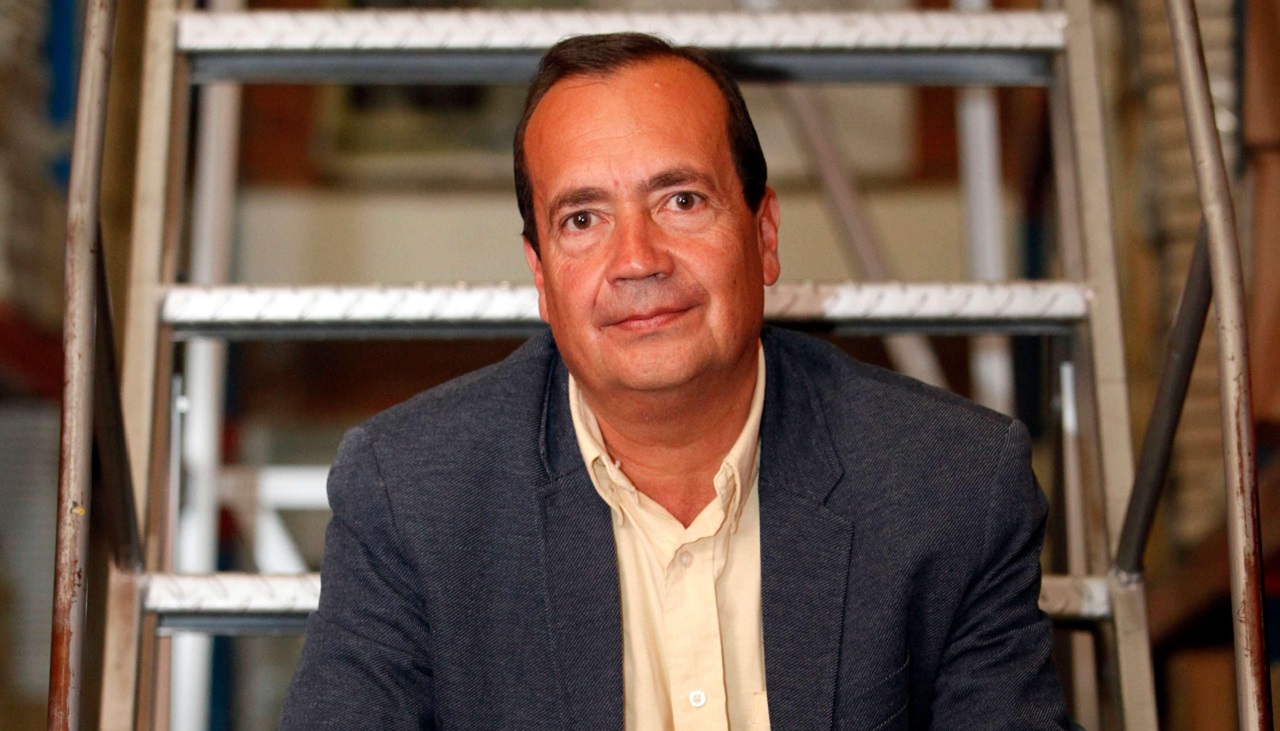



LEAVE A COMMENT:
Join the discussion! Leave a comment.